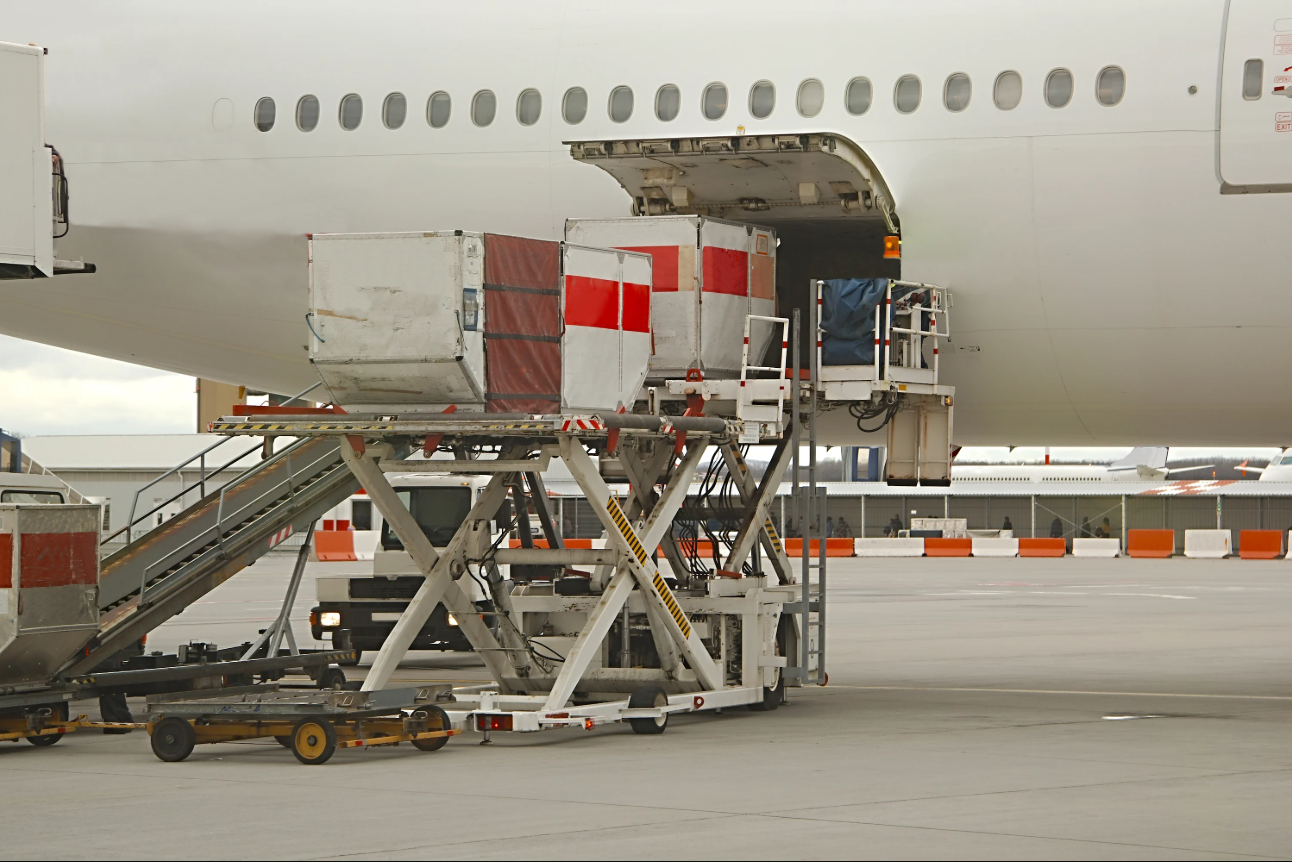Bulk cargo

In the context of aviation, bulk cargo refers to large quantities of unpackaged goods, like grain or coal, that are transported loose, rather than in containers or packages. It's distinct from break-bulk cargo, which is packaged but not containerized. Bulk cargo is often transported in specialized cargo ships or planes designed to handle these large volumes.
Elaboration
Unpackaged and Loose
Bulk cargo is characterized by being shipped in large, unpackaged quantities, making it suitable for materials like grains, coal, iron ore, and cement.
Different from Containerized Cargo
Unlike general cargo, which is often shipped in containers, bulk cargo is transported directly in its raw form.
Examples
Common examples of bulk cargo include grains (wheat, corn), coal, iron ore, and various other raw materials.
Handling
Specialized equipment and procedures are often employed for loading and unloading bulk cargo, including the use of ULDs (Unit Load Devices) for consolidation and easier handling.
Types
Bulk cargo can be further categorized into dry bulk (like grains and coal) and liquid bulk (like oil and chemicals).
Aviation Application
In aviation, specialized cargo planes and procedures are used to transport bulk cargo, often using ULDs for consolidation and efficient loading.
- Aviation Safety X
- ASXWiki
- Aviation logistics
- Air cargo operations
- Aircraft cargo types
- Flight operations
- ULD handling
- Specialized freight aircraft
- Dry bulk materials
- Liquid bulk transport
- Grain transport
- Coal shipments
- Iron ore logistics
- Cement transport
- Raw material logistics
- Bulk commodity transport
- Air cargo safety
- Hazardous materials
- Aviation loading systems
- Aircraft balance and weight
- Freight aircraft design
- Aviation transport efficiency
- Bulk cargo loading equipment
- Aviation shipping containers
- Break-bulk cargo
- Cargo consolidation
- Bulk transport risks
- Special handling procedures
- Commercial cargo aviation
- Industrial aviation logistics
- Aircraft cargo regulations
- Global air freight
